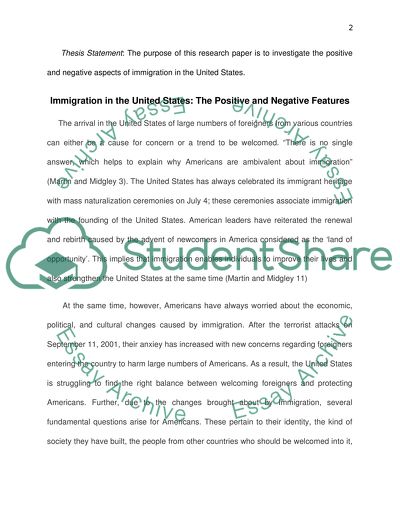Cite this document
(“Positive and Negative Aspects of Immigration in the United States Essay”, n.d.)
Retrieved from https://studentshare.org/sociology/1458641-positive-and-negative-aspects-of-immigration-in-the-united-states
Retrieved from https://studentshare.org/sociology/1458641-positive-and-negative-aspects-of-immigration-in-the-united-states
(Positive and Negative Aspects of Immigration in the United States Essay)
https://studentshare.org/sociology/1458641-positive-and-negative-aspects-of-immigration-in-the-united-states.
https://studentshare.org/sociology/1458641-positive-and-negative-aspects-of-immigration-in-the-united-states.
“Positive and Negative Aspects of Immigration in the United States Essay”, n.d. https://studentshare.org/sociology/1458641-positive-and-negative-aspects-of-immigration-in-the-united-states.


